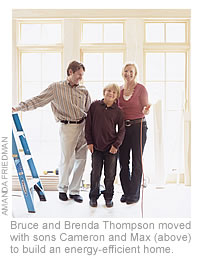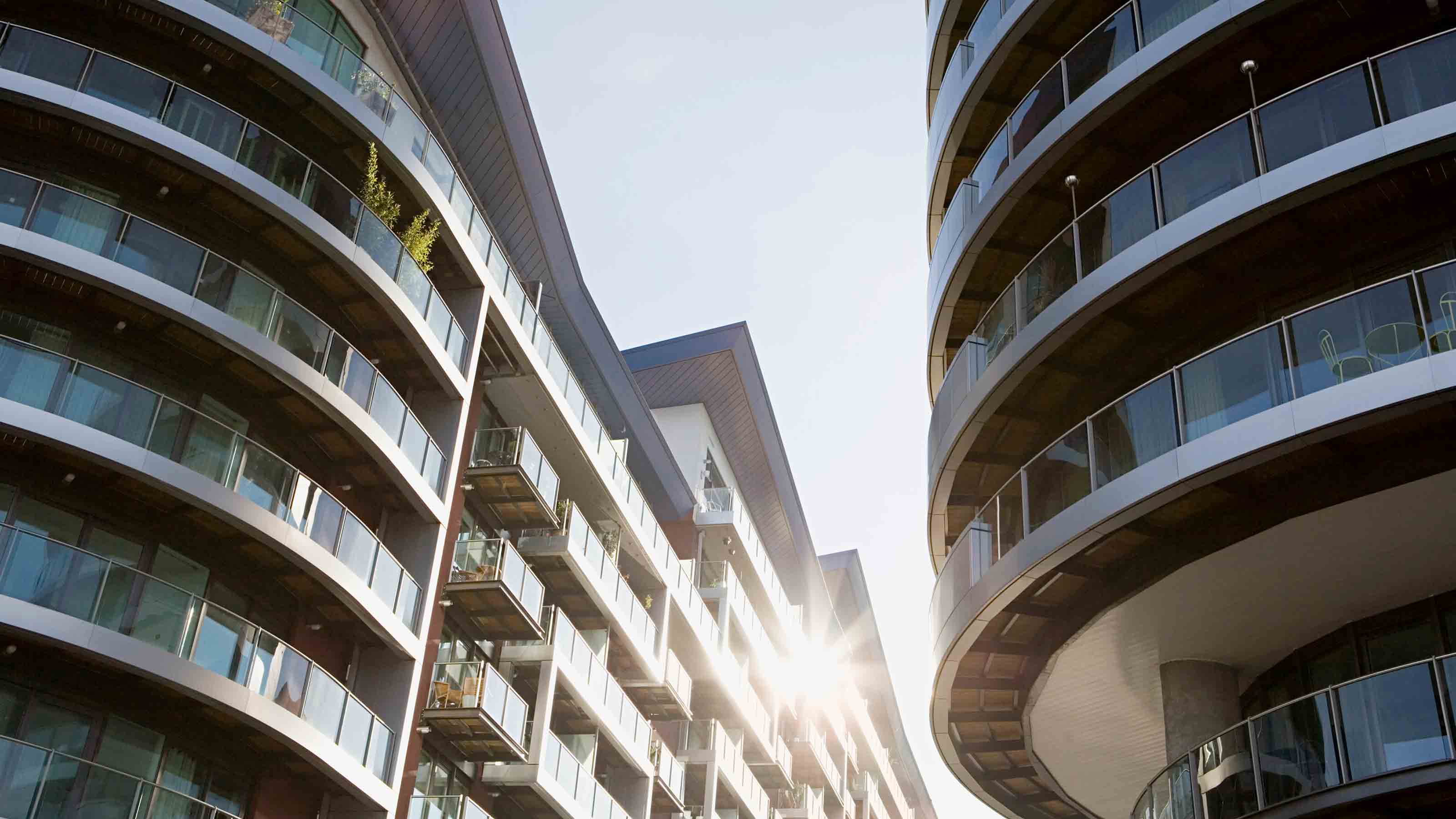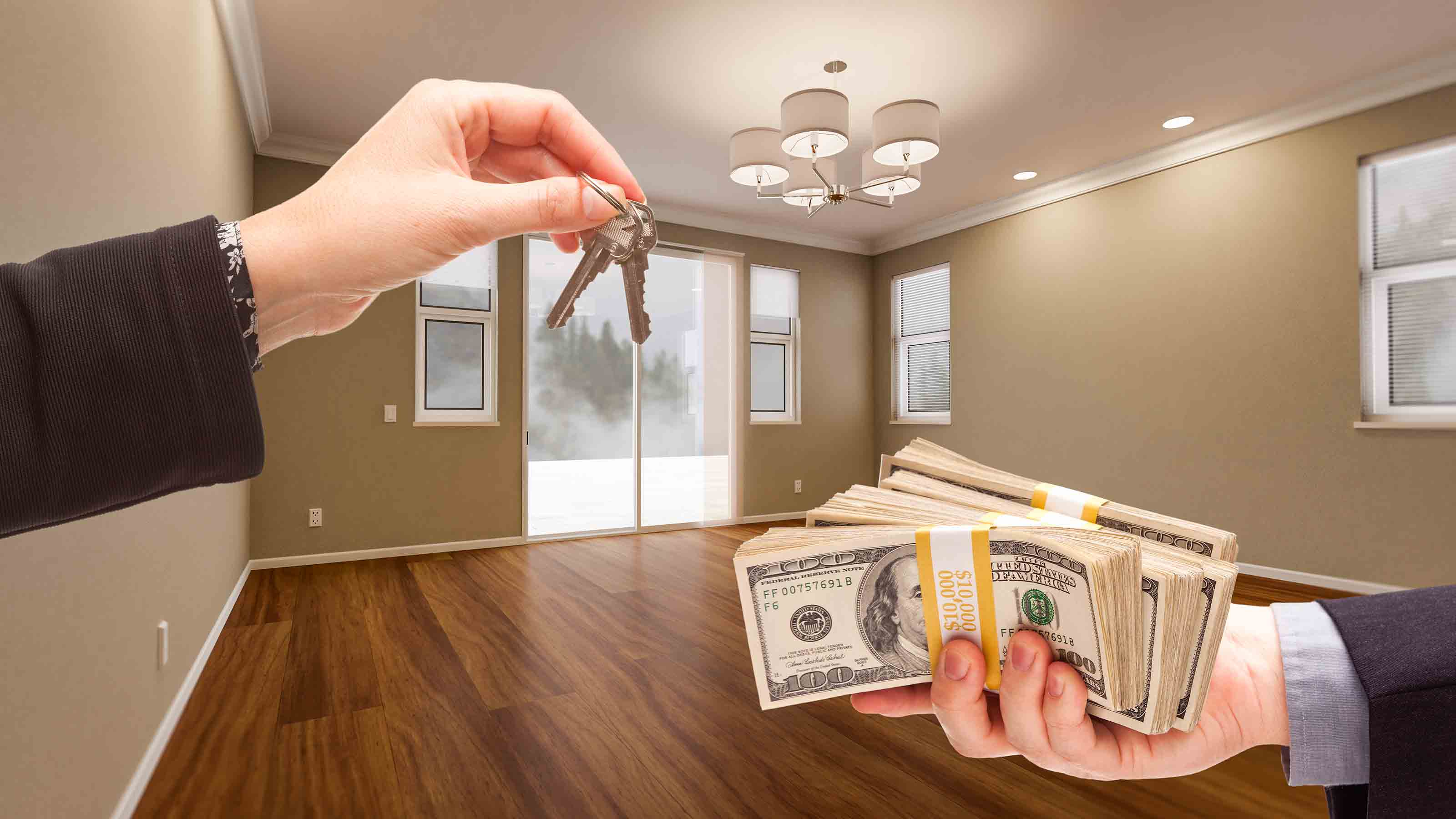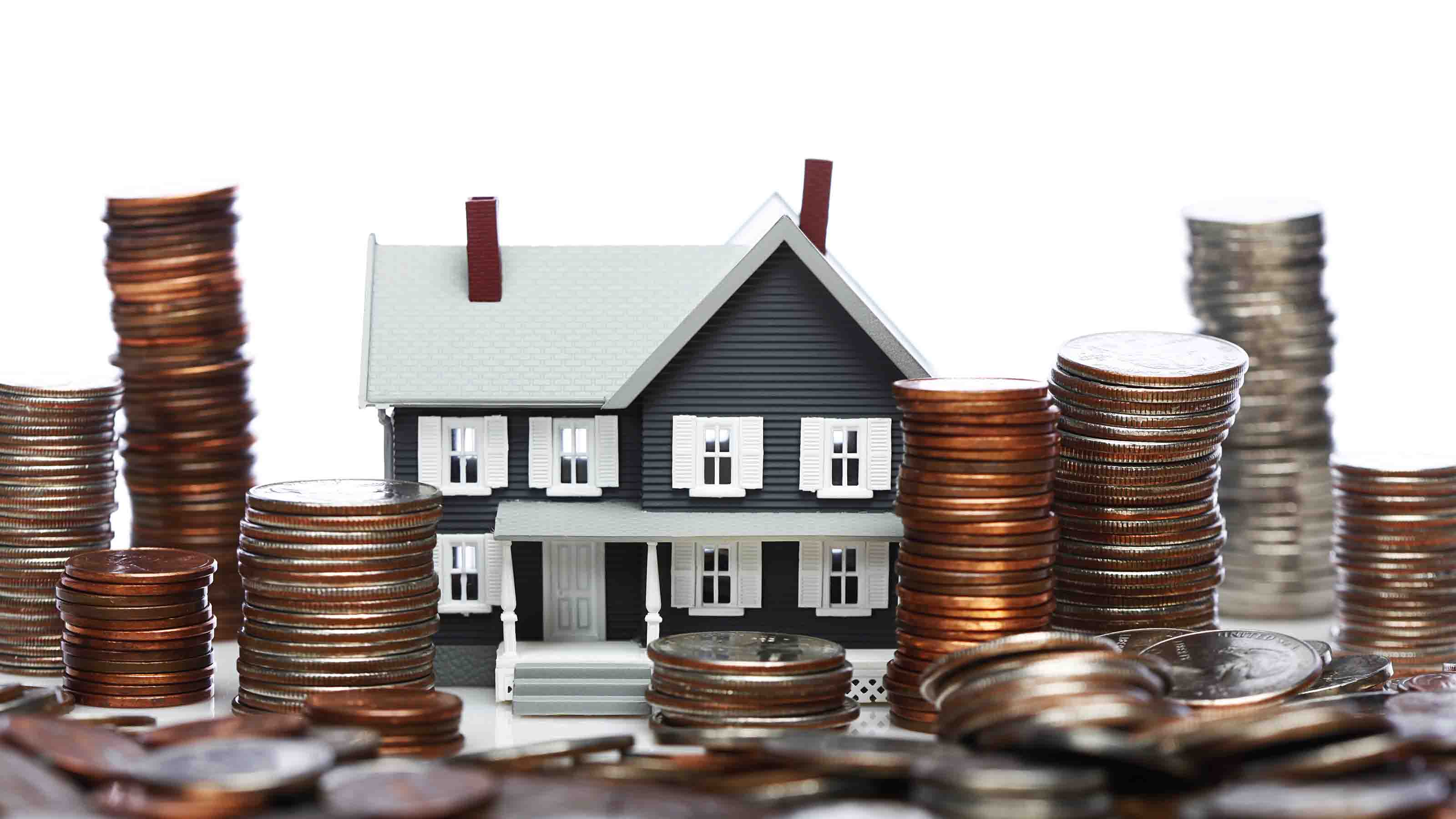Saving Energy From the Ground Up
Seeking a greener lifestyle, Bruce and Brenda Thompson moved with sons Cameron and Max from Washington, D.C., to Grand Rapids, Mich., and built an ultramodern, energy-efficient house.
More Real-Life Financial StoriesGoing Green on the Cheap
Did you work with a green builder?
No. We wanted a house that looked like the other 1920s-era houses on the block, so we chose a builder that we thought did quality design. But we also hired one expert who specializes in green materials and one who focuses on energy-efficient systems.

Sign up for Kiplinger’s Free E-Newsletters
Profit and prosper with the best of expert advice on investing, taxes, retirement, personal finance and more - straight to your e-mail.
Profit and prosper with the best of expert advice - straight to your e-mail.
What makes your home environmentally friendly?
We limited the size to 3,200 square feet above ground and 900 below. Plus, we used techniques and materials that will qualify it for a Leadership in Energy and Environmental Design (LEED) gold certification from the U.S. Green Building Council.

We designed the house with a lot of natural light and installed occupancy sensors that turn off lights automatically when you leave the room. For heating and cooling we use a geothermal system that brings air up from the ground, which is warmer in winter and cooler in summer than the outside air. The windows, duct system and soy-based insulation are also designed to save energy.
You didn't use solar panels?
That would have added about $20,000 to $25,000 in costs, and Michigan doesn't offer incentives for solar energy. We put the electrical infrastructure in to support solar down the road, when Michigan does have incentives.
How much more did the energy-efficient features cost?
We estimate that the green elements in our home added about 5% to the cost of building. But our annual heating and cooling bills should be about $2,000 less than those of a typical Michigan home.
-- Interview by Kimberly Lankford
Get Kiplinger Today newsletter — free
Profit and prosper with the best of Kiplinger's advice on investing, taxes, retirement, personal finance and much more. Delivered daily. Enter your email in the box and click Sign Me Up.
-
 6 Stunning Waterfront Homes for Sale Around the US
6 Stunning Waterfront Homes for Sale Around the USFrom private peninsulas to lakes, bayous and beyond, Kiplinger's "Listed" series brings you another selection of dream homes for sale on the waterfront.
By Charlotte Gorbold Published
-
 Six Reasons to Disinherit Someone and How to Do It
Six Reasons to Disinherit Someone and How to Do ItWhether you're navigating a second marriage, dealing with an estranged relative or leaving your assets to charity, there are reasons to disinherit someone. Here's how.
By Donna LeValley Published
-
 How to Find Foreclosed Homes: Best Foreclosure Listings Sites
How to Find Foreclosed Homes: Best Foreclosure Listings SitesMaking Your Money Last Find foreclosed homes for sale on these foreclosure listing websites. Search for properties on these free, paid or government sites.
By Bob Niedt Last updated
-
 Luxury Home Prices Rise as the Rich Dodge High Mortgage Rates
Luxury Home Prices Rise as the Rich Dodge High Mortgage RatesLuxury home prices rose 9% to the highest third-quarter level on record, Redfin reports, growing nearly three times faster than non-luxury prices.
By Kathryn Pomroy Published
-
 Four Tips for Renting Out Your Home on Airbnb
Four Tips for Renting Out Your Home on Airbnbreal estate Here's what you should know before listing your home on Airbnb.
By Miriam Cross Published
-
 Five Ways to Shop for a Low Mortgage Rate
Five Ways to Shop for a Low Mortgage RateBecoming a Homeowner Mortgage rates are high this year, but you can still find an affordable loan with these tips.
By Daniel Bortz Last updated
-
 Looking to Relocate? Plan for Climate Change
Looking to Relocate? Plan for Climate Changebuying a home Extreme weather events are on the rise. If you’re moving, make sure your new home is protected from climate change disasters.
By Rivan V. Stinson Last updated
-
 Retirees, A Healthy Condo Has a Flush Reserve Fund
Retirees, A Healthy Condo Has a Flush Reserve FundSmart Buying Reserve funds for a third of homeowner and condo associations have insufficient cash, experts say. Here are some cautionary steps you should take.
By Patricia Mertz Esswein Published
-
 Cash Home Buyers: New Services Offer Help Making All-Cash Offers
Cash Home Buyers: New Services Offer Help Making All-Cash OffersBecoming a Homeowner Some firms help home buyers make all-cash offers on homes. Weigh the fees before you sign on.
By Emma Patch Published
-
 Home Sale Prices in the 50 Largest Metro Areas
Home Sale Prices in the 50 Largest Metro AreasBecoming a Homeowner What’s happening in the market where you live?
By the editors of Kiplinger's Personal Finance Published